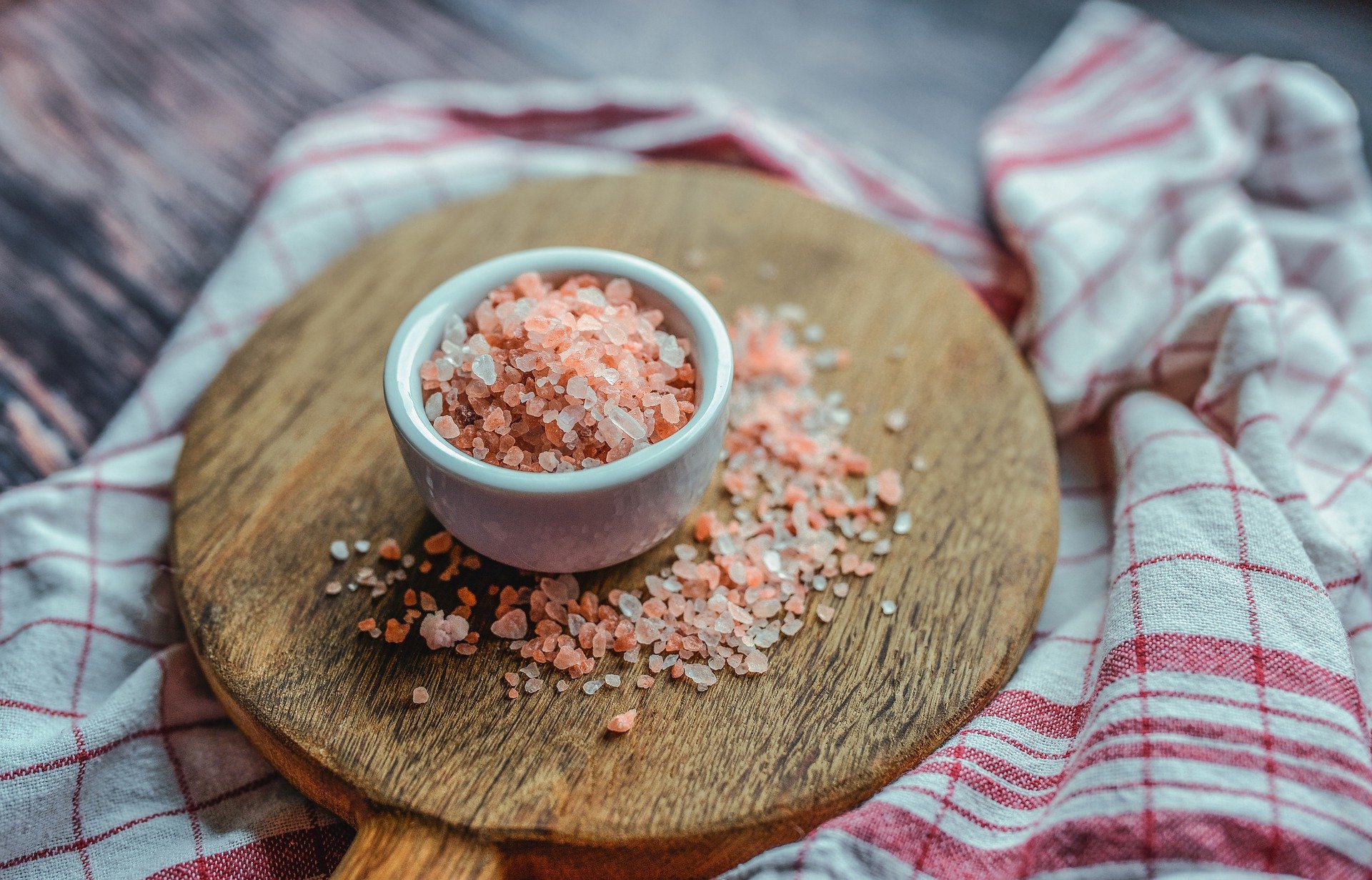Given that I’m currently promoting the upcoming release of my 30-Minute DASH Diet Cookbook, it would be a missed opportunity for me not to take a couple of hundred words to discuss one of the most popular trends in the world of salt & sodium.
Pink Himalayan Salt.
If you’ve read my latest book press release, you will know that the management of your dietary sodium intake is a central component to successfully enjoying the blood pressure lowering and overall health benefits of the DASH diet.
The only issue is that my observation of public opinion around pink salt is that it appears people believe it is somehow significantly better than usual table salt or that it does not count towards their daily sodium intake.
Unfortunately, these are erroneous assumptions.
Now as much as I like to make light of its apparent popularity ( as per the graphic below), I honestly would not have even bothered writing an article on the topic if it did not fall into the realm of my latest publication.
Pink salt contains mostly sodium chloride (~98%) and as such is nutritionally very similar to common table salt, although it does contain a much wider array of trace minerals which contribute to its lovely pink colour.
Unfortunately for pink salt fanatics, the concentration of these nutrients ( such as potassium,calcium & magnesium) is essentially negligible as it relates to humans nutritional requirements for these nutrients and is not an overly strong argument for its superiority over table salt.
Oh, and it also happens to be up to 20x the cost of standard table salt, owing to its rarity.
The Pink Salt Conundrum
Even if I wanted to turn this article into a robust scientific debate on the merits of pink salt intake, there is little to no compelling scientific of note to make sense of what to really think about it from that perspective.
Beyond the total amount of daily sodium intake, I don’t have any reason to believe the type of salt you use has any bearing on your overall health.
With that being said, I cannot deny that pink salt is much prettier than table salt, looks more “natural” and certainly looks much healthier than table salt, especially when it comes to the strong branding and slick packaging.
Some people may also prefer the taste, which may actually be more intense than table salt and allow you to use slightly less for the same effect.
And if that resonates you and the extra cost is not an economic burden, by all means enjoy your pink salt.
But please don’t lose sight of the fact that, when it comes to your overall daily sodium intake, salt is salt.
Keep in mind that the actual sodium content of pink salt is VERY similar to table salt but that the amount of sodium per teaspoon in pink salt may vary or appear lower than table salt depending on the exact product and size of the crystals.
No matter how pretty it looks, you still need to be mindful of how much you use, and this Time Magazine article from 2017 tends to agree.
Final Thoughts
I fully admit that pink salt both looks cooler and has a negligibly better mineral profile than standard table salt.
It may also taste better to some people.
It’s for these reasons that for anyone to whom it poses no real economic strain, it might represent a reasonable choice.
With that said, please don’t go looking for answers to health concerns through salt or assume that this pink variety does not count towards your daily sodium intake.
Too much pink salt will very likely raise your blood pressure in the long-term.
If you want a better understanding of what “too much salt” means for you, and to make meaningful dietary changes towards bettering your cardiovascular health, my new book on the DASH diet is here to help.
Oh, and so am I.
Until next time,
Andy De Santis RD MPH





